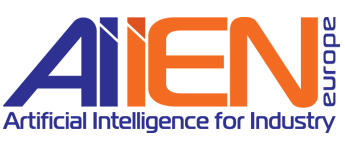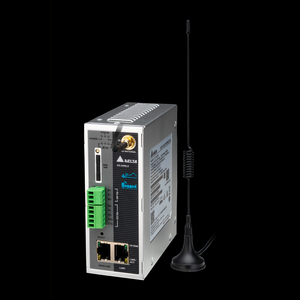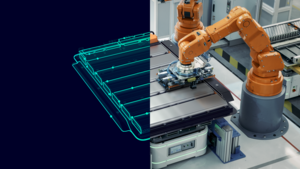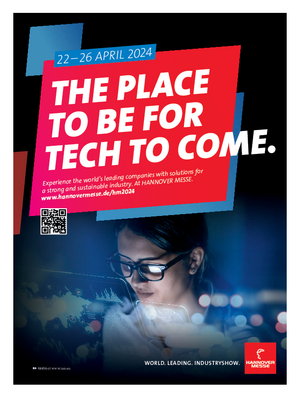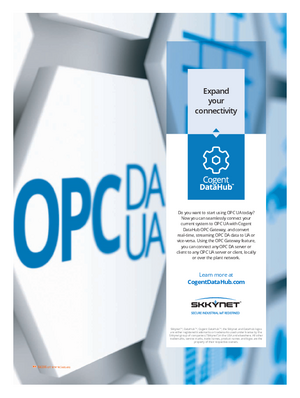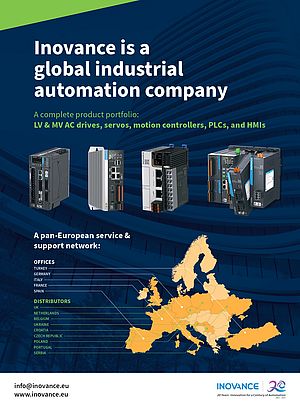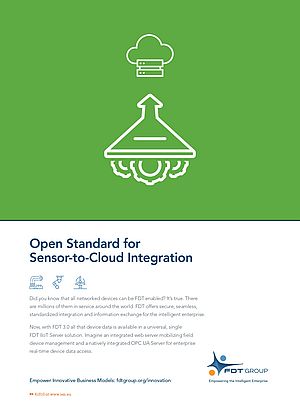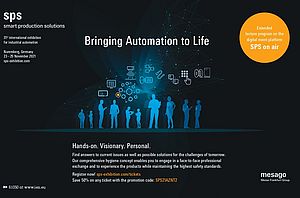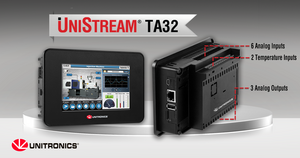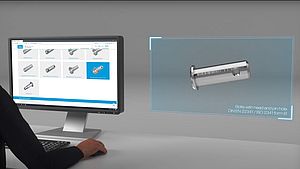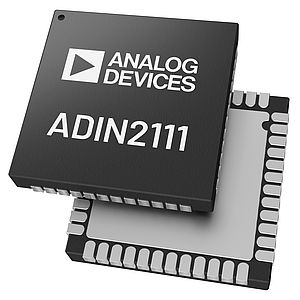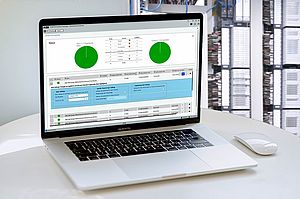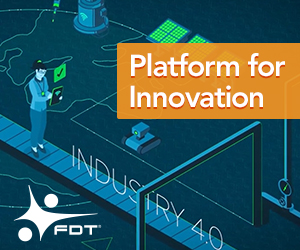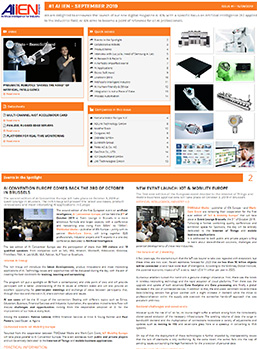5G is planned to be 100% ready in 2030. Announced as a revolution, this powerful digital transformation is set to change our daily lives substantially.
Its speed is at least 10 times greater than that of 4G. The latency time should tend towards 1ms. These new performance indicators bring new opportunities in terms of application development, data management and analysis, but also risk in terms of cybersecurity.
5G will open the door to an abundant new source of data which requires adapting business strategies. These are the issues developed by the speakers of this webinar developed by Oracle and broadcasted on September 2, 2020.
“5G is cloud-ready” Dany Charbachy, Senior Solution Architect - Telecommunication Technologies, Oracle
Benoit Jouffret, CTO, Thales Digital Identity and Security GBU, reported on the new features around 5G specifications. The International Telecommunication Union (ITU) has identified 3 work axes. The Enhanced Mobile Broadband (eMBB) is 10 to 20 times higher than for 4G, the speed reaching 20Gbit/s instead of 1Gbit/s for 4G. Ultra-Reliable Low Latency Communication (URLLC) brings new performance that is very useful for vehicle-to-vehicle communications where latency plays a key role. Here the latency is being much lower than in 4G: 1ms versus 10ms. Finally, Massive Machine Time Communication (MMTC) brings opportunities for the IoT through a denser connection of objects: 100,000 objects connected per km² with 4G compared to 1 million objects connected per km² with 5G. This density of objects will be of use for connecting robots together with very low latency times.
Dany Charbachy Senior Solution Architect - Telecommunication Technologies, Oracle, highlighted Oracle's solutions for 5G. Oracle's approach is through a core network offering. Either part or all of the core networks are provided “on-premise” to customers; or the service is provided by the cloud. 5G allows software to be installed in the cloud and tends to develop it at a higher scale. This element brings convergence between the IT world and the telecommunications world through the way the cloud allows open connections to third-party applications. Thus, companies will be able to offer services relying on the 5G cloud technology.
Smart technologies will be the norm by 2030
Last, Eric Vessier, Principal Sales Consultant - Analytics & Data Science, Oracle, put light on a use case of 5G through the example of smart mobility. The concept of smart mobility is based on flexibility through the choice of transport modes, travel efficiency (minimum disruption), integration (full door-to-door route), clean technologies (zero emissions objective), and security. It also improves the quality of life by lowering the cost of transport which is more varied and less polluting.
Presented as a guarantee of quality and better collaboration between partners, 5G brings a set of opportunities that CIOs and IT managers will have to integrate without neglecting the security and the way they will handle this massive and multifaceted volume of data.
